Living in an apartment doesn’t mean you have to miss out on the joys of gardening. Whether you’re dreaming of fresh herbs on your windowsill or a lush green oasis on your balcony, choosing the right plants for small spaces can transform even the tiniest corner into a vibrant, life-affirming retreat. In this guide, we’ll share expert-backed, real-life tested recommendations that combine expertise, experience, and transparency—everything you need to create a thriving apartment garden.
Why Small Space Gardening Matters
Gardening in confined spaces isn’t just about aesthetics—it offers a host of benefits:
- Enhanced Air Quality: Indoor plants act as natural air purifiers, reducing toxins and boosting oxygen levels.
- Stress Relief & Mental Health: Studies show that interacting with greenery can lower stress levels and improve overall mood.
- Sustainable Living: Growing your own herbs and vegetables promotes a healthier lifestyle while reducing your environmental footprint.
- Personal Expression: A small garden can serve as a personal sanctuary, reflecting your style and creativity even in limited space.
Top Picks for Apartment Gardening
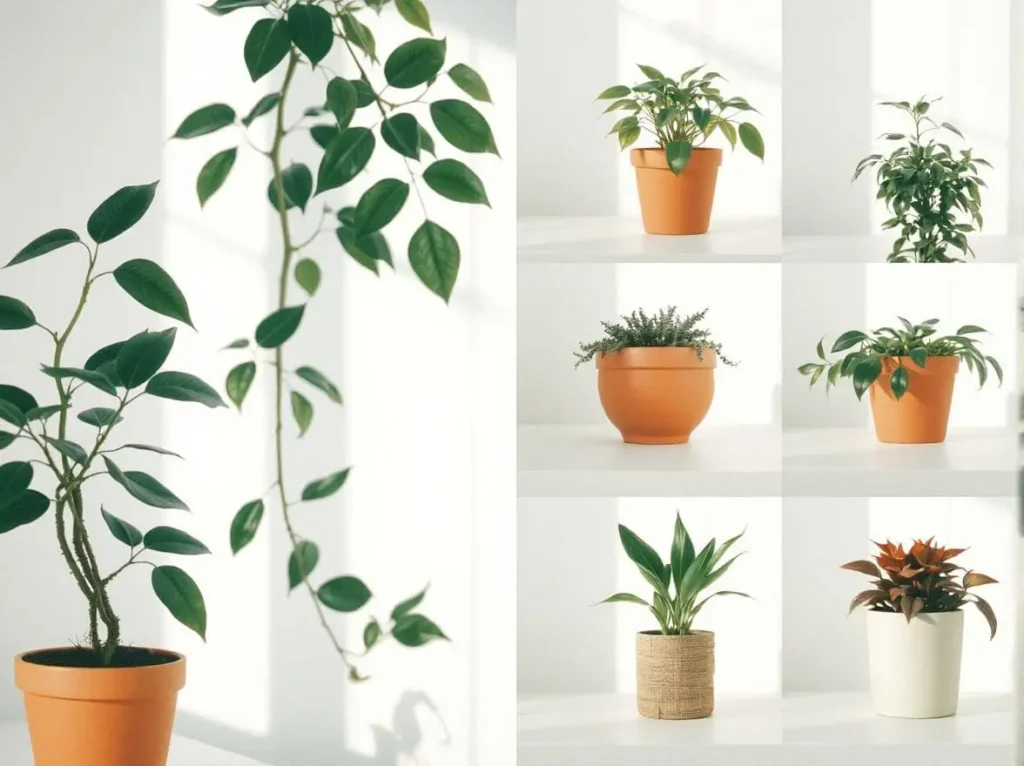
Based on years of research and insights from horticulturists and experienced urban gardeners, here are our top plant choices for apartments:
1. Snake Plant (Sansevieria)
Why It’s Great:
Snake plants are nearly indestructible and thrive in low light, making them perfect for indoor spaces. They require minimal watering and are excellent at purifying the air.
Care Tips:
- Place in indirect light.
- Water sparingly—let the soil dry between waterings.
2. Pothos (Epipremnum aureum)
Why It’s Great:
Pothos is a versatile trailing plant that adapts well to low-light conditions and can be grown in hanging baskets or on shelves. Its cascading vines add an effortless, natural charm to any room.
Care Tips:
- Use moderate, indirect light.
- Allow the top layer of soil to dry before watering.
3. Spider Plant (Chlorophytum comosum)
Why It’s Great:
Known for its arching, variegated leaves, the spider plant is both decorative and hardy. It’s ideal for small spaces due to its adaptable nature and minimal care requirements.
Care Tips:
- Thrives in bright, indirect light.
- Water regularly but avoid overwatering.
4. Succulents & Cacti
Why It’s Great:
Succulents, such as aloe vera or jade plant, and small cacti are perfect for apartments because they require minimal water and space. Their striking forms and textures add a modern, sculptural element to your decor.
Care Tips:
- Ensure plenty of sunlight.
- Use a well-draining soil mix and water infrequently.
5. Herbs (Basil, Mint, Thyme)
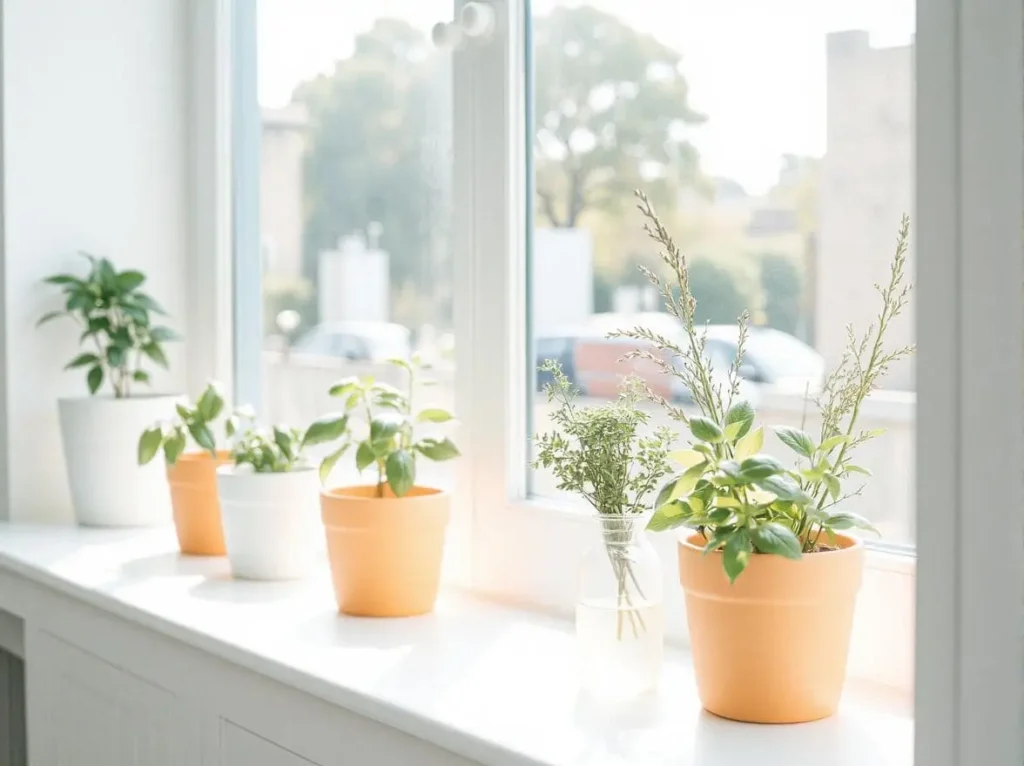
Why It’s Great:
Fresh herbs are not only useful for cooking but also bring delightful fragrance and greenery into your home. Many herbs can thrive on a sunny windowsill, even in small containers.
Care Tips:
- Provide at least 4–6 hours of sunlight.
- Water consistently while allowing excess moisture to drain.
6. Peace Lily (Spathiphyllum)
Why It’s Great:
The peace lily is a low-light plant known for its elegant white blooms and air-purifying qualities. It’s an excellent choice for apartments with less natural light.
Care Tips:
- Keep in medium to low light.
- Water when the top inch of soil is dry.
7. ZZ Plant (Zamioculcas zamiifolia)
Why It’s Great:
The ZZ plant is resilient, thrives in low light, and requires minimal care. Its glossy, hearty leaves make it a perfect addition to any modern apartment.
Care Tips:
- Tolerates low light and infrequent watering.
- Use a well-draining potting mix.
8. Cherry Tomatoes (Dwarf Varieties)
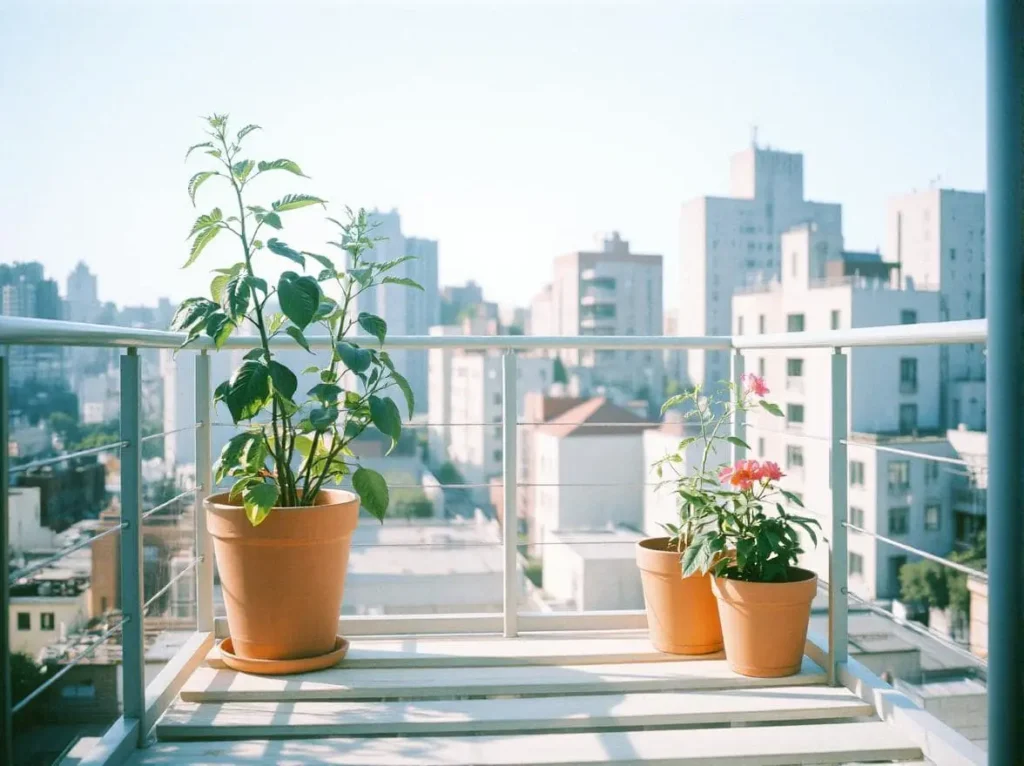
Why It’s Great:
For those with a bit more space or a sunny balcony, dwarf cherry tomatoes can be grown in containers. They provide fresh produce and add a pop of color to your outdoor area.
Care Tips:
- Requires 6–8 hours of sunlight.
- Use a rich, well-draining potting mix and support with a small cage if needed.
Expert Insight
Maria Sanchez, an urban horticulturist at GreenThumb Labs, advises, “When choosing plants for small spaces, focus on varieties with compact growth and shallow roots. This ensures they thrive in containers without becoming overcrowded.”
Maintenance Tips for Apartment Gardens
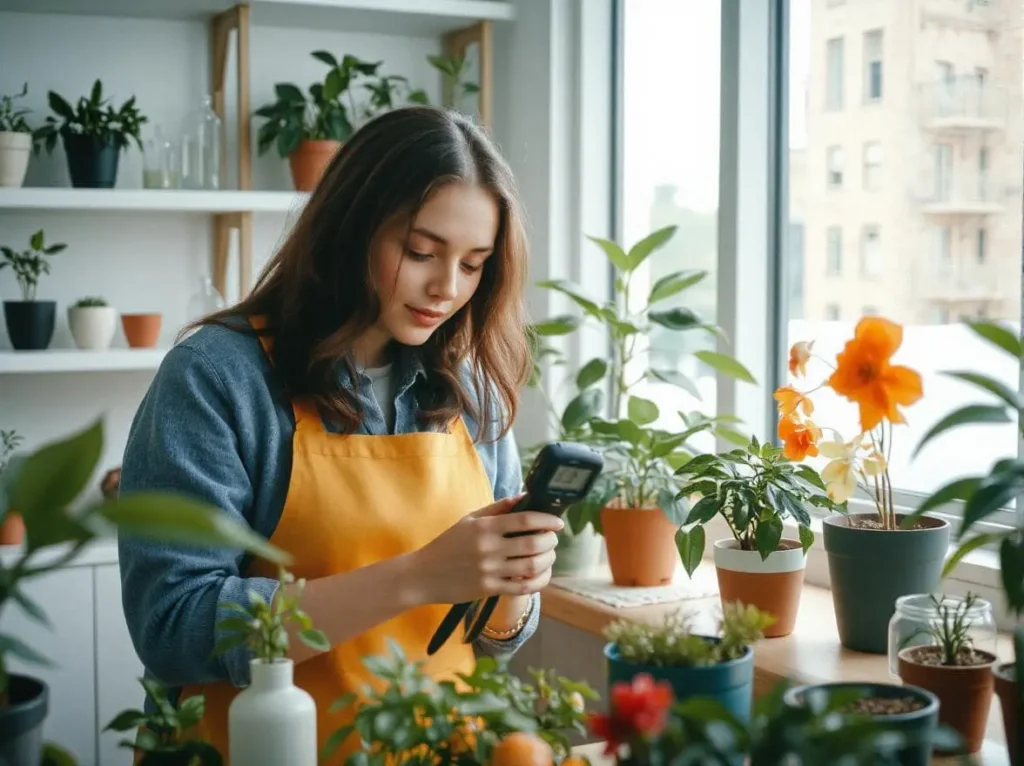
- Watering: Adjust frequency based on plant type and season; many indoor plants prefer to dry out slightly between waterings.
- Lighting: Utilize natural light where possible, and supplement with grow lights if needed.
- Fertilization: Use a balanced fertilizer during the growing season to support healthy growth.
- Pruning: Regularly trim and remove dead leaves to keep your plants thriving and maintain a neat appearance.
Frequently Asked Questions (FAQ)
Which plants are best for low-light apartments?
Snake plants, pothos, spider plants, and ZZ plants are excellent choices as they tolerate low-light conditions very well.
Can I grow edible plants in an apartment?
Yes! Herbs like basil, mint, and thyme, as well as dwarf varieties of cherry tomatoes, are perfect for container gardening on a sunny windowsill or balcony.
How do I prevent overwatering in small spaces?
Use well-draining soil, check the moisture level before watering, and consider self-watering planters to maintain consistent moisture without excess water.
What’s the ideal container size for apartment gardening?
Containers should be proportional to the plant’s size; small pots work for herbs and succulents, while larger containers are better for vegetables like cherry tomatoes.
How often should I fertilize my apartment plants?
Most indoor plants benefit from feeding every 4-6 weeks during the growing season. Always follow the manufacturer’s recommendations.
Conclusion
Apartment gardening is not only possible but can be incredibly rewarding when you choose the right plants. With these top picks and a few maintenance tips, you’re well on your way to creating a green oasis in even the smallest space. Start experimenting today and watch your apartment transform into a vibrant, healthy living space—one plant at a time.
Happy gardening!
By following this guide, you’ll ensure that your small space becomes a thriving garden that boosts your mood, improves air quality, and adds a touch of nature to your urban lifestyle.
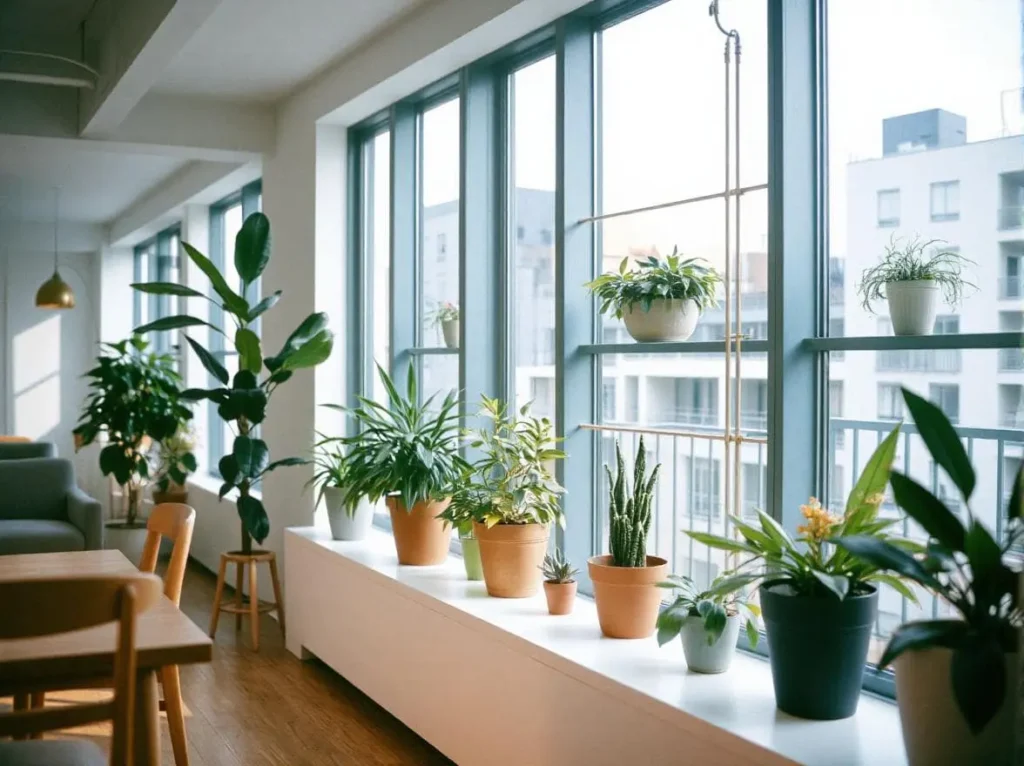
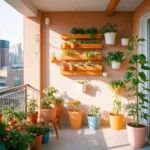
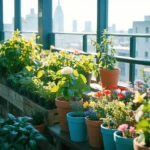
Pingback: How to Start a Container Garden for Beginners: 7 Foolproof Steps - gardendiyhaven.com